Types of RTD Sensors PT100, PT1000, and More
Resistance Temperature Detectors (RTDs) are widely used for precise temperature measurement. Among the various types of RTD sensors, PT100 and PT1000 are commonly used. In this blog, we’ll explore these two popular RTD sensors and provide a brief overview of other variations.
- PT100 RTD Sensors:
- Definition and construction of PT100 sensors
- Temperature range and accuracy
- Advantages and disadvantages
- PT1000 RTD Sensors:
- Introduction to PT1000 sensors and their characteristics
- Comparison with PT100 sensors in terms of temperature range and accuracy
- Advantages and applications
- Other RTD Sensor Variations:
- Brief overview of PT50, PT200, PT500, and PT10000 sensors
- Considerations for selecting different RTD types
- Unique features and limitations
- RTD Sensor Configurations:
- Explanation of 2-wire, 3-wire, and 4-wire RTD configurations
- Impact of lead wire resistance on measurement accuracy
- Choosing the appropriate configuration based on requirements
- Applications of RTD Sensors:
- Industrial, medical, scientific, and aerospace applications
- Advantages in various industries
- Calibration and Maintenance:
- Importance of calibration for RTD sensors
- Calibration methods and procedures
- Maintenance tips for optimal performance
- Comparison with Other Temperature Sensors:
- Contrasting RTD sensors with thermocouples and thermistors
- Advantages and disadvantages of each type
- Selecting the most suitable sensor for specific applications
Conclusion: PT100 and PT1000 RTD sensors are widely used for accurate temperature measurement. By understanding the differences between these sensors and considering factors such as temperature range, accuracy requirements, and environmental conditions, you can choose the most appropriate RTD sensor for your needs. Regular calibration and maintenance are essential for optimal performance and longevity.

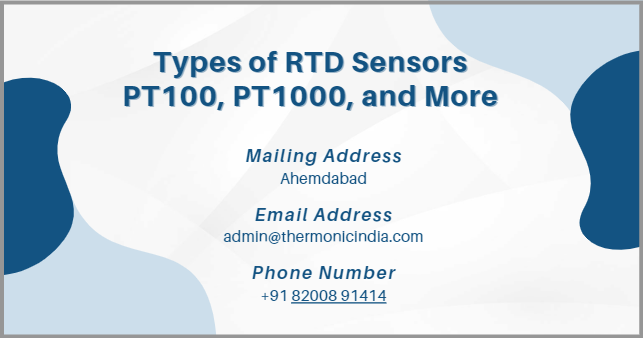
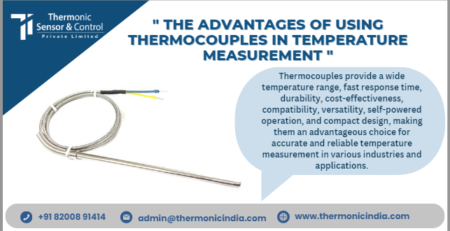

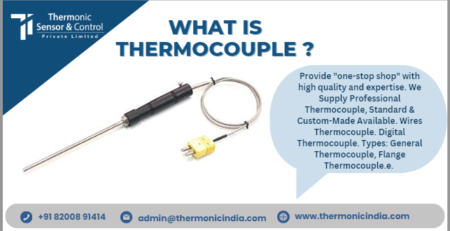
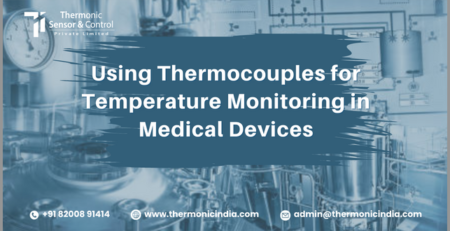
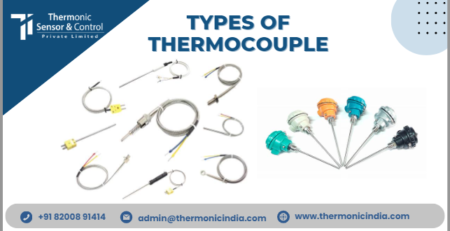

Leave a Reply